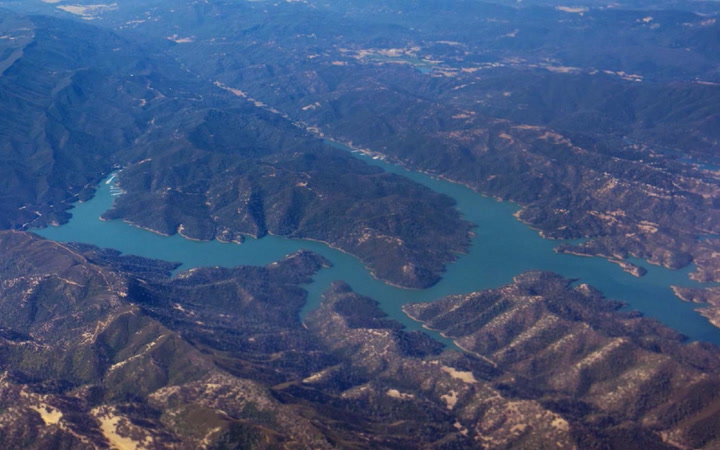Summary
Lake Berryessa Overview
For most of the year, the largest lake in Napa County, California resembles any other lake. This beautiful reservoir in the Vaca Mountains was created by the hydroelectric Monticello Dam, and during sunny summer days, it is bustling with swimmers, fishermen, water skiers, kayakers, canoers, and other boaters. Additionally, there is a seaplane base located on the lake.
The Glory Hole Explained
Lake Berryessa, named after the first Europeans to encounter this site in 1843, was dammed in 1953 to provide water and electricity for the northern Bay Area. A significant aspect of the construction was the design of a spillway, which serves as a controlled release valve for surplus water.
The chosen design for Berryessa’s spillway is often referred to as a bell-mouth, morning glory, or most commonly, a glory hole. According to Visit Napa Valley, this feature essentially resembles a gigantic concrete funnel protruding from the dam, measuring 75 feet in diameter at the top and 28 feet at the base. When the lake’s surface level surpasses 440 feet above sea level—close to overflowing—the funnel becomes submerged. Consequently, as water drains out, it produces a mesmerizing swirl.
As Kevin King, a Solano Irrigation District operations manager, mentioned, “It’s really dramatic to watch.” He noted that during an active spillway period in February 2017, there were about 15 drones capturing videos of the phenomenon.
Safety Around the Spillway
While swimmers and boaters are advised to maintain a safe distance from the spillway, the lake remains safe to use even when water levels exceed limits. This is because the water flowing into the spillway is neither particularly strong nor fast.
Historical Use of the Spillway
Since the dam’s construction in the 1950s, the Glory Hole has been activated only about two dozen times. Despite the increasing challenges of droughts and nearby wildfires in the Valley, reports indicate that the lake “is essentially full,” as noted by Lake Berryessa News editor Peter Kilkus.
